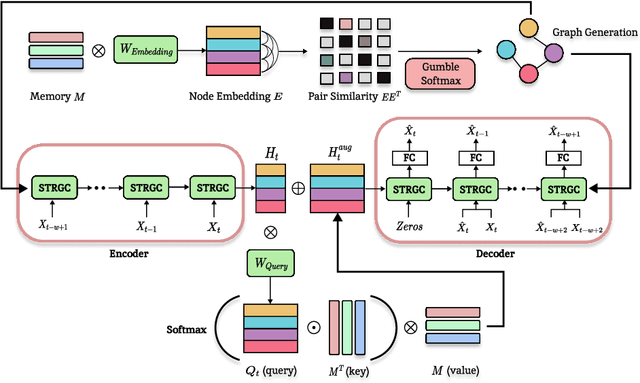MIXAD: Memory-Induced Explainable Time Series Anomaly Detection
Paper and Code
Oct 30, 2024



For modern industrial applications, accurately detecting and diagnosing anomalies in multivariate time series data is essential. Despite such need, most state-of-the-art methods often prioritize detection performance over model interpretability. Addressing this gap, we introduce MIXAD (Memory-Induced Explainable Time Series Anomaly Detection), a model designed for interpretable anomaly detection. MIXAD leverages a memory network alongside spatiotemporal processing units to understand the intricate dynamics and topological structures inherent in sensor relationships. We also introduce a novel anomaly scoring method that detects significant shifts in memory activation patterns during anomalies. Our approach not only ensures decent detection performance but also outperforms state-of-the-art baselines by 34.30% and 34.51% in interpretability metrics.
 Add to Chrome
Add to Chrome Add to Firefox
Add to Firefox Add to Edge
Add to Edge